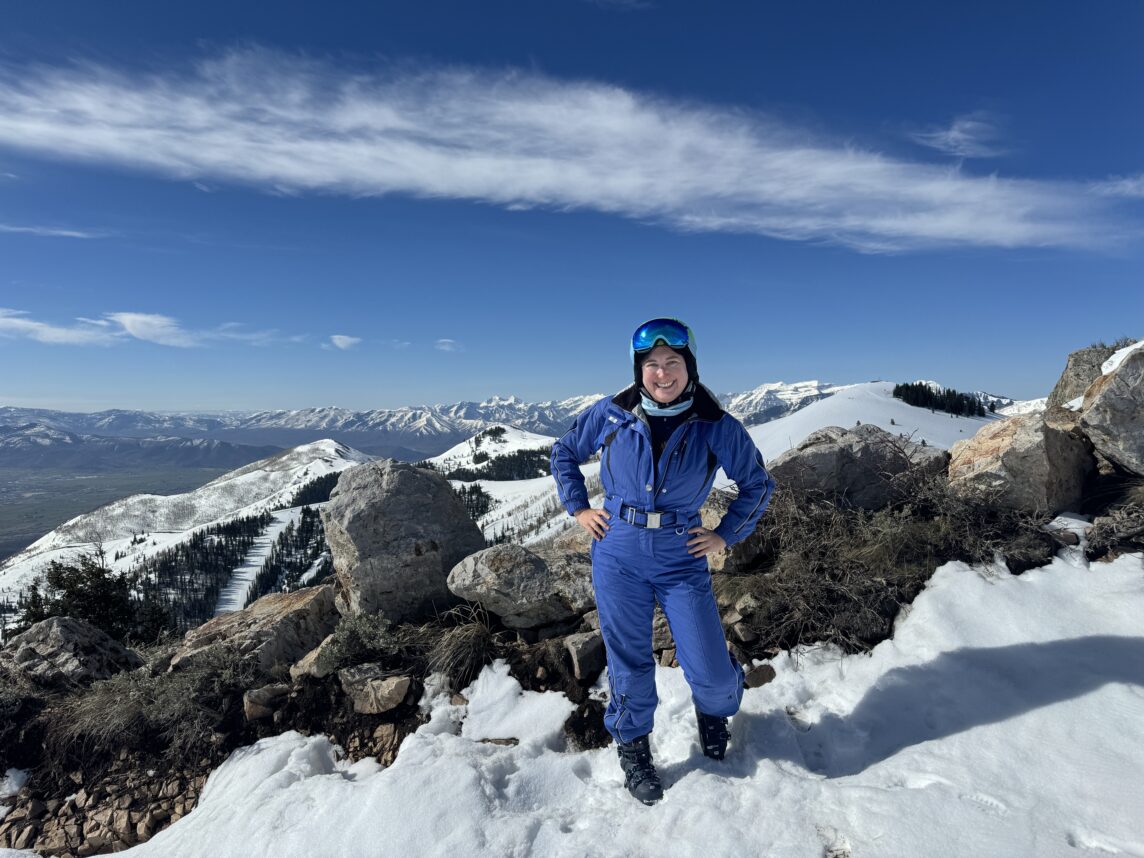It was an odd after-school snack for a West Virginia farm kid (Tara), I’ll admit. My big sister and I, tired and famished after an hour on the school bus, would hike up the driveway, throw down our book bags and settle in with a plate of saltines and smoked salmon — really good, wild Pacific smoked salmon. The kind you pay primo prices for at specialty shops.
But we got it for free. My mom had cousins who’d gone out to the Pacific Northwest to seek their fortune and wound up running their own salmon-smoking business. Every year, they’d ship us pounds of the stuff.
It was an expensive taste to develop. Supermarket smoked salmon, which sells for $16 to $36 a pound — not exactly bargain basement — has little in common with the strong, oily, firm variety I crave.
Smoked salmon has four variables you have to consider:
Breed: The best smoked salmon is made from wild Pacific Chinook or Coho salmon. Like all wild things, they have a stronger flavor than their farmed cousins in the Atlantic, where overfishing depleted the wild kind. Less-expensive smoked salmon is often made from the milder pink or chum salmon.
Brine: Our ancestors smoked their salmon so it would keep a long time without refrigeration. First, they’d soak the fish in a salty brine to draw out moisture — bacteria don’t like it dry. Today, we brine our smoked salmon to firm it up and boost the flavor. Sometimes sugar, spices or whiskey are added to the brine for flavor.
Smoke: Salmon can be hot-smoked (at 120-180 F for six and a half hours) or cold-smoked (at 70 F-90 F for up to three weeks). An alder wood fire is traditional, but some Scottish or Irish varieties are smoked over old whiskey barrels.
You know the very thinly sliced smoked salmon at the supermarket, the kind that’s packaged flat like a doily? That’s cold-smoked. Hot-smoking actually cooks the salmon, so it’s firmer and flakier. It’s sold in chunks; it would just crumble if you tried to slice it thin.
Style: These are the names you see on menus and labels: lox, nova, kippered, Norwegian. Let’s take them one by one. True lox isn’t smoked salmon at all. It’s simply salmon cured in strong, salty brine. Have you seen Swedish gravlax on the menu in fancy restaurants? Same thing.
In this country, lox was popularized by Jewish delicatessens at the turn of the century. Before widespread refrigeration, Pacific fisheries packed salmon in salt to preserve it until it got to the East Coast delis. The delis simply soaked off the salt, sliced the lox and sold it.
Nova, short for Nova Scotia-style, is salmon that’s been cured in brine with brown sugar added so it’s less salty, then the salmon is lightly cold-smoked. This is the doily type. It’s mild and tender — or bland and mushy — to my wild Pacific palate. But my colleague, Bob Schwarz, swears it’s the only kind of lox his parents would have in the house. Vive la difference.
Kippered salmon is the vacuum-sealed chunk at the supermarket. It’s hot-smoked for a firmer, flakier texture than nova. Its quality can range from brutal to decent; you’ll just have to taste different brands until you find one you like.
Salmon purveyors have invented many flowery names for their products, but just remember: Anything labeled “Pacific,” “wild,” “hot-smoked” or sold in a chunk will be more strongly flavored and firm than anything thinly sliced and labeled “Atlantic,” “nova” or “Norwegian.”
If you get your hands on a really fine smoked salmon, don’t hide it under fancy trimmings. Savor it on its own, perhaps atop a blini with a little sour cream or creme fraiche.
Saltines are so junior high.
Pasta with Smoked Salmon Cream
This cream sauce is a fine treatment for supermarket smoked salmon. I like firm chunks of hot-smoked salmon, of course, but Rob prefers a tender salmon that sort of melts into the sauce.
8 ounces medium-size pasta (shells, penne, etc.)
1 teaspoon olive oil
1 shallot, minced
2 tablespoons brandy
1 cup cream
Generous pinch cayenne pepper
1/4 pound smoked salmon, flaked
1 tablespoon chopped fresh basil
Put a large pot of salted water on to boil for the pasta. Heat the oil in a large skillet over medium-high head.
Add shallot and saute about one minute. Add brandy and carefully touch a lit match to the surface. When the flames have died, add the cream and cayenne and bring to a lively simmer.
Cook until reduced by half (about 10 minutes). Meanwhile, cook the pasta until al dente and drain.
When the sauce is ready, add the salmon, basil and cooked pasta and toss to coat. Taste to see if it needs salt.
Serves three.
Rob Byers and Tara Tuckwiller write a food column for The Charleston Gazette in West Virginia.






















 More news and opinions than at a Shabbat dinner, right in your inbox.
More news and opinions than at a Shabbat dinner, right in your inbox.